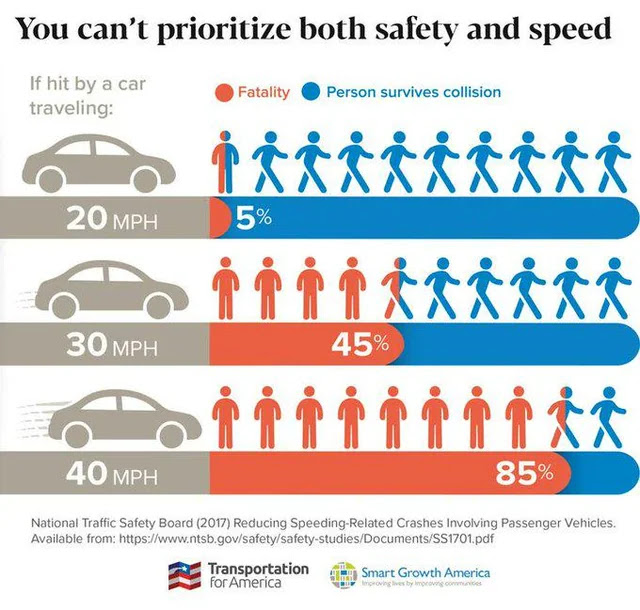#540
Two topics that caught my attention. Both can be deadly! You can't survive without water for 12 Hrs at a stretch! Killer roads also wont let you survive if you caught in one!
Topic 1: "Water Wars: The Next Global Conflict?"
The increasing tensions over water resources are fast becoming a global issue that could escalate into international and civil conflicts. Whether it's the disputes between states in India, the Nile tensions among Sudan and Egypt, or the water licensing problems in Australia and Chile, the urgency of managing water has never been more pressing. With climate change exacerbating these issues, water scarcity is predicted to become a key driver of conflict. Countries like China, which use proxies to stretch water resources in third-world nations through crop production, compound the problem, leaving the exploited nations with strained resources in exchange for short-term economic gains.
Why Water Tensions Are Rising:
- Water as a Limited Resource: Many regions face water scarcity, while others misuse water resources in unsustainable ways.
- Climate Change: Rising temperatures, erratic rainfall patterns, and shrinking glaciers reduce freshwater availability.
- Economic Exploitation: Larger economies often outsource resource-heavy agriculture to developing nations, draining their water reserves.
A Global Crisis: India’s water disputes between states like Karnataka and Tamil Nadu over river sharing show how fragile these arrangements are. In North Africa, the Nile River dispute between Sudan and Egypt could very well become a flashpoint. Australia and Chile are facing their own battles over water tariffs and privatization of water usage, which leaves the poorest communities most vulnerable.
The China Factor: China’s strategic use of water through proxy crop manufacturing in third-world countries is troubling. It’s a way for China to secure food security while stretching the water resources of less developed nations. The consequences of these actions are devastating for countries already grappling with water shortages, but the economic benefits often blind them to the long-term damage.
Possible Solutions to Avert Crisis:
- Water Diplomacy: International cooperation, perhaps led by organizations like the UN, could establish agreements to fairly distribute water resources across borders.
- Technological Innovations: Desalination plants, improved irrigation systems, and water recycling projects can help mitigate water scarcity.
- Sustainable Agriculture: Countries must move toward farming practices that conserve water rather than depleting it.
Topic 2: "Why American Roads Are Deadly: The Hidden Dangers"
American roads have a lethal reputation. They claim thousands of lives each year, making the U.S. a deadly outlier among developed nations. Inspired by Steven Dubner’s Freakonomics podcast and this week’s Economist cover on "Killer American Cars," there’s a growing realization that the American road system itself is the problem. High speed limits, poor urban planning, and driver confusion when encountering pedestrians make the situation even worse. Yesterday, 4 Indians were killed in Texas when a heavy trailer rear ended their car.
Key Issues with U.S. Roads:
- High Speed Limits: Unlike in many European countries where limits are often strict, U.S. speed limits are generally higher, leading to more severe accidents.
- Lack of Roundabouts: Roundabouts can drastically reduce accidents by slowing down traffic and eliminating head-on collisions. Yet, they’re uncommon in the U.S.
- Pedestrian Neglect: American roads are designed with cars in mind, often neglecting the safety of pedestrians. This creates confusion when drivers do encounter them, often resulting in tragic accidents.
Pedestrian Alienation: American cities are largely car-centric, leaving pedestrians as an afterthought. This creates a culture where drivers are not accustomed to sharing the road with pedestrians, leading to dangerous encounters. Combine this with the sheer size of American vehicles—SUVs and trucks—and the risks are magnified.
Solutions for Safer Roads:
- Lower Speed Limits: Reducing speed limits in urban areas could significantly lower the number of accidents and fatalities.
- More Roundabouts: Installing roundabouts at dangerous intersections would reduce the chance of fatal crashes.
- Pedestrian-Friendly Infrastructure: Cities need to be redesigned with pedestrians in mind, adding more crosswalks, sidewalks, and proper lighting.
Both of these topics reflect a broader global trend: rising tensions over critical resources like water and public safety issues, whether it's on the streets of American cities or in the fields of water-scarce regions. By addressing these challenges head-on with practical solutions, we can help prevent future conflicts—whether they’re on the battlefield or the road.
Your Thoughts?
Karthik
6th Sep 2024, 9am.







No comments:
Post a Comment